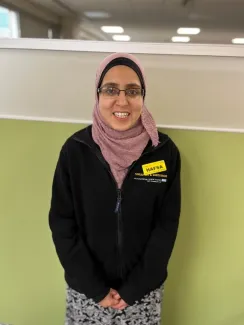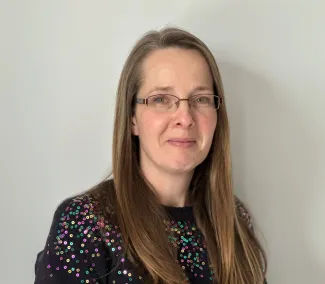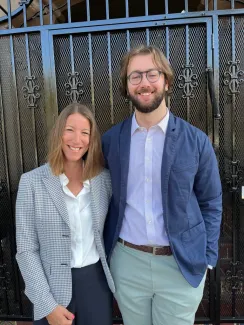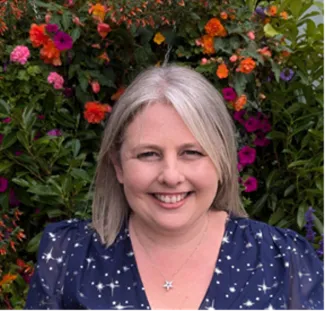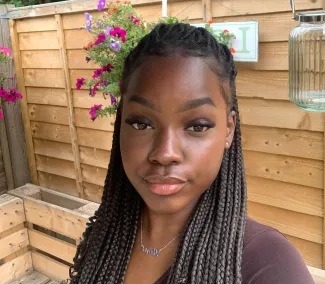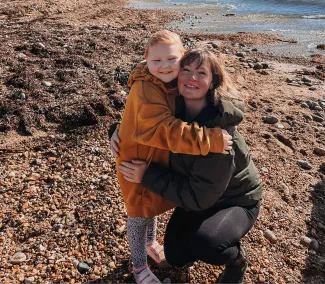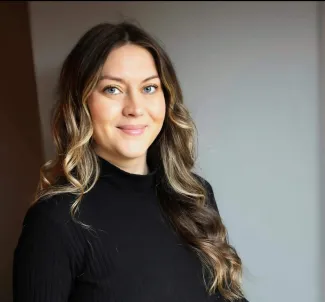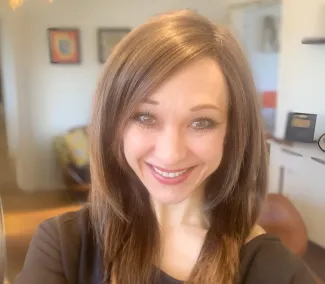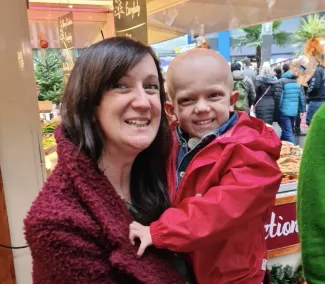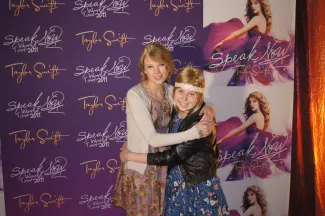Communication is key to supporting young people through cancer
Effective communication brings clarity to the exchange of ideas, knowledge, thoughts and opinions, so messages are clearly understood. In the care of children and young people with cancer, this must be done with compassion and an appreciation that everyone is different in how they want to communicate, and the methods they like to use.
Clear communication is more than just a tool – it’s a bridge to support and the foundation of meaningful relationships, both of which are crucial during challenging times. When done well, communication becomes a powerful enabler of connection and understanding.



